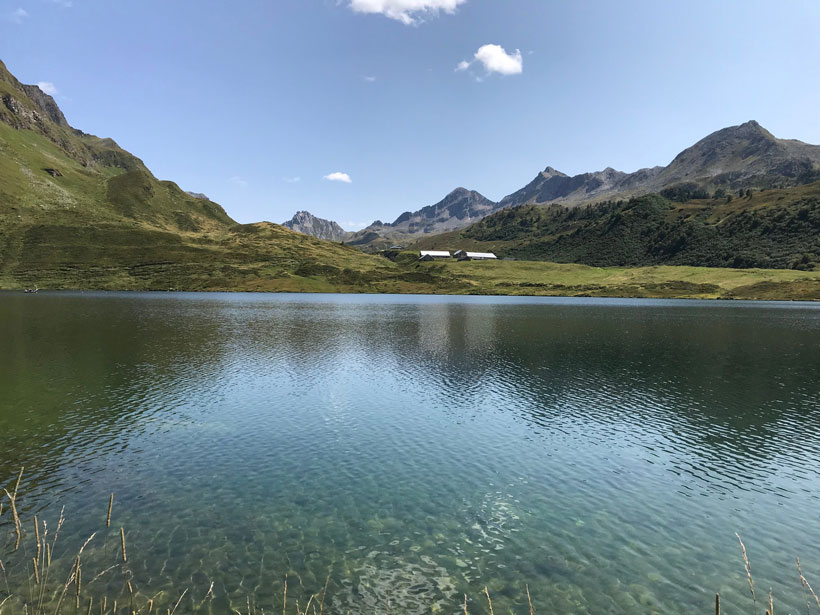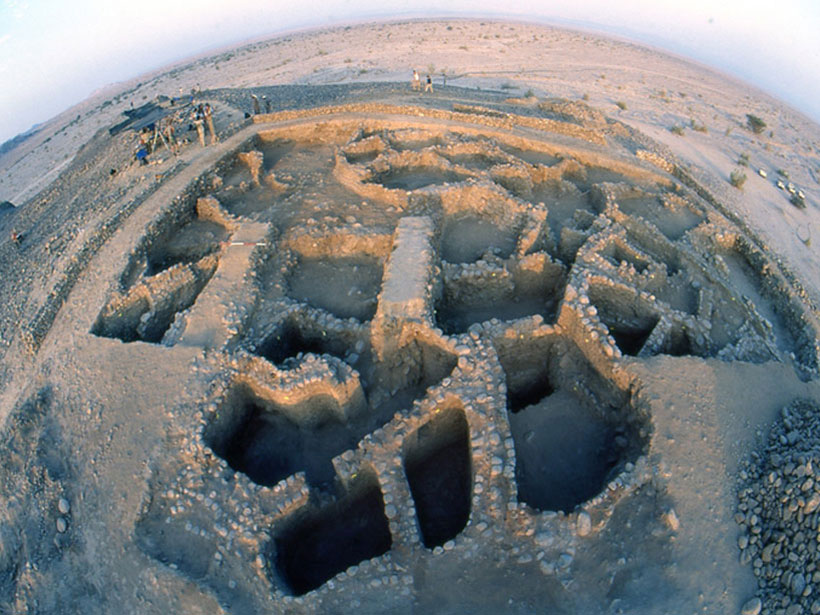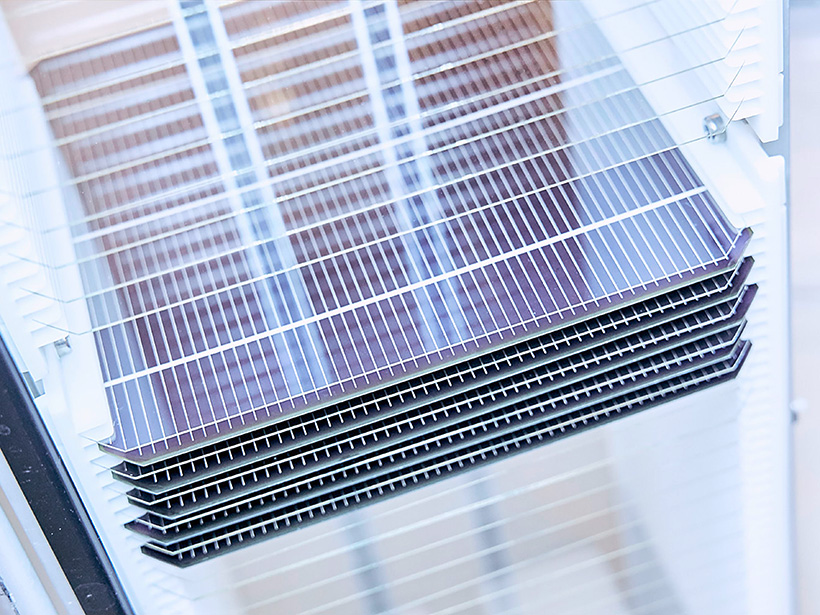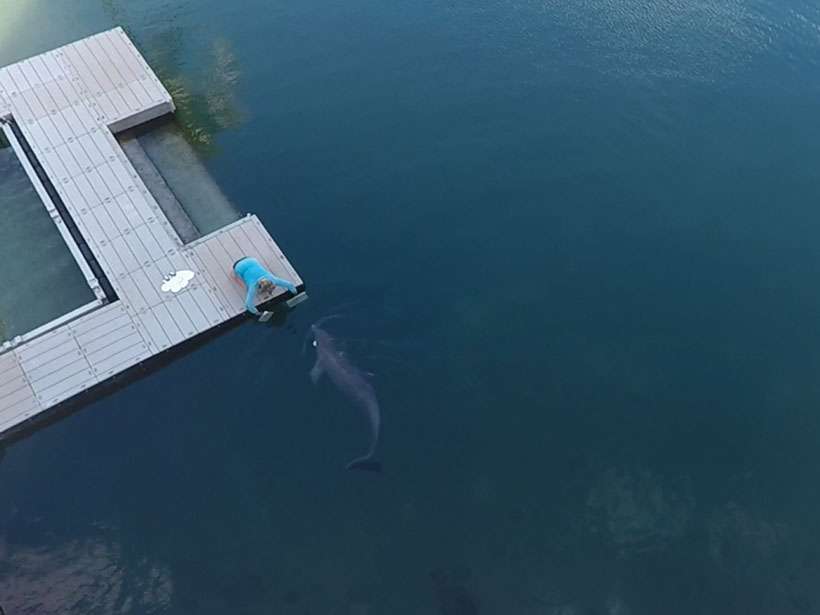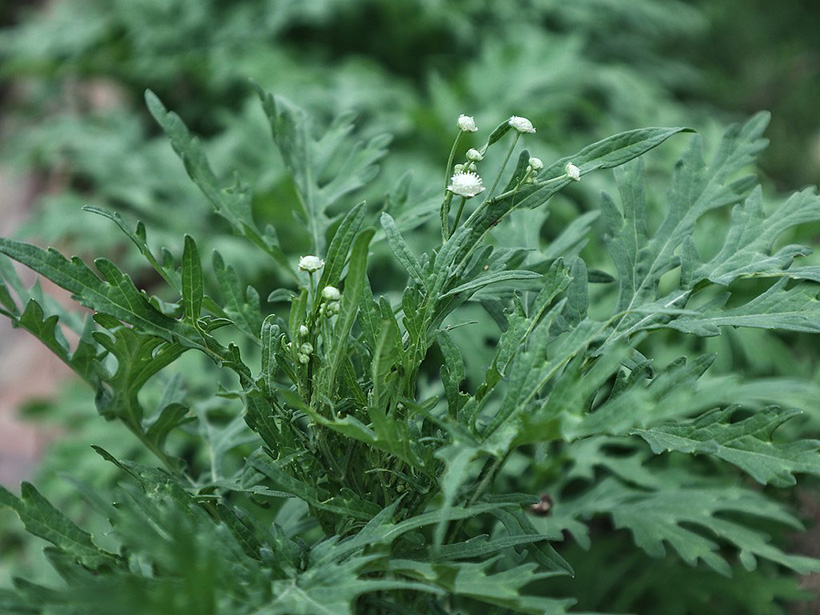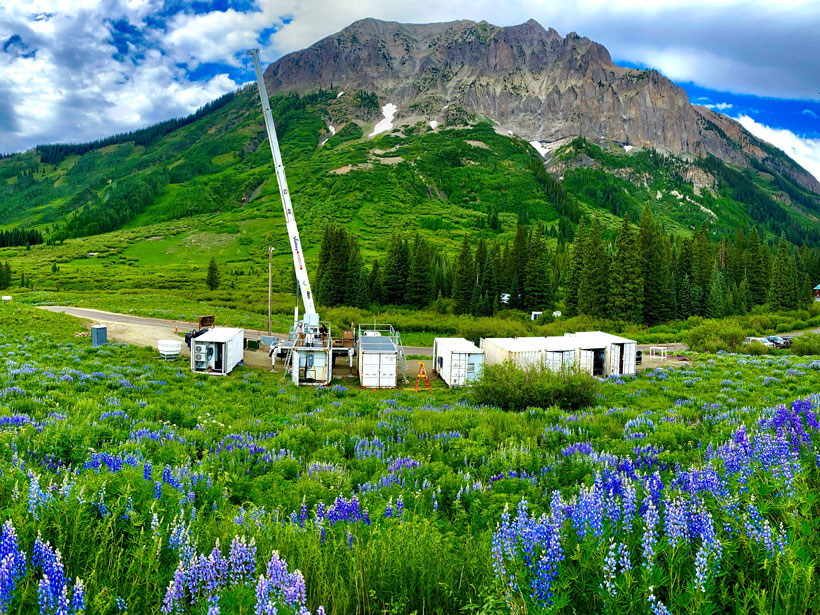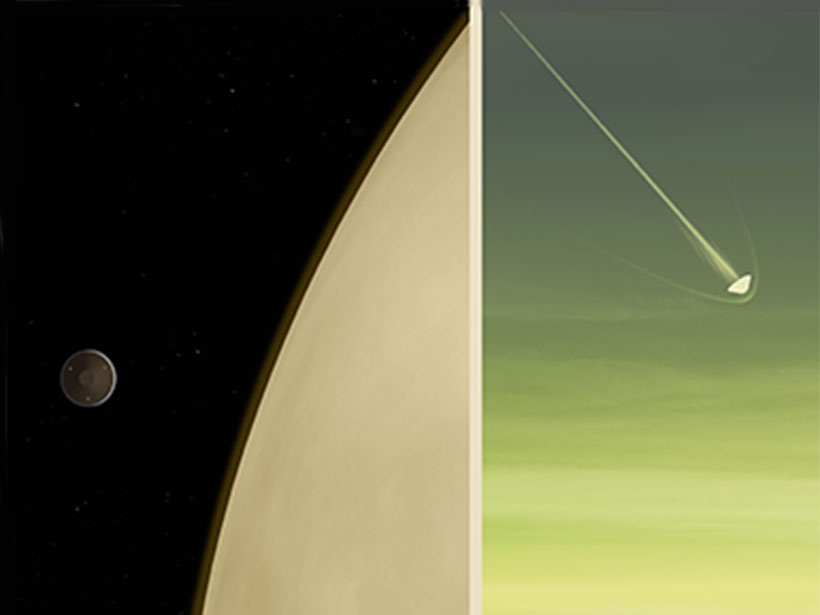A new study challenges the assumption that cyanobacteria were the only major nitrogen fixers in the Proterozoic eon.
News
Ancient Flint Tools Reveal Earth’s Changing Magnetic Field
Stone tools may provide data on paleomagnetism that are out of reach for other markers, such as prehistoric pottery.
Better Together: Perovskites Boost Silicon Solar Cell Efficiency
Scientists engineer a way to layer materials to boost efficiency without interrupting manufacturing processes.
Autonomous Vehicles Could Benefit from Nature
A team of researchers at the University of Michigan is looking to animals to find new ways for autonomous vehicles to navigate through the environment.
Famine Weed Becomes More Toxic, Invasive in Carbon-Rich Atmosphere
A noxious weed’s success in Australia could indicate that some plants are benefitting from our carbon-rich atmosphere, becoming more invasive, competitive, and toxic.
Collaboration in the Rockies Aims to Model Mountain Watersheds Worldwide
As Earth’s climate changes at an unprecedented rate, the Surface Atmosphere Integrated Field Laboratory is studying precipitation on an unprecedented scale.
Climate Change Will Alter Cooling Effects of Volcanic Eruptions
New research indicates the cooling effect of rare, large eruptions will increase, whereas the effects of more frequent, smaller eruptions will be reduced.
To Understand Hunger in Sub-Saharan Africa, Consider Both Climate and Conflict
Warfare exacerbates the impacts of drought to produce food insecurity crises that last long after the drought has passed, new research documents.
Mission to Venus Could Help Solve an Atmospheric Mystery
NASA’s recently announced DAVINCI+ mission to Venus will probe the planet’s atmosphere, hoping to shed light on the unknown dark patches that surround the planet.
Small Climate Changes Could Be Magnified by Natural Processes
A new study uses modeling techniques to uncover how small incidents of warming may be turned into hyperthermal events lasting thousands of years.

